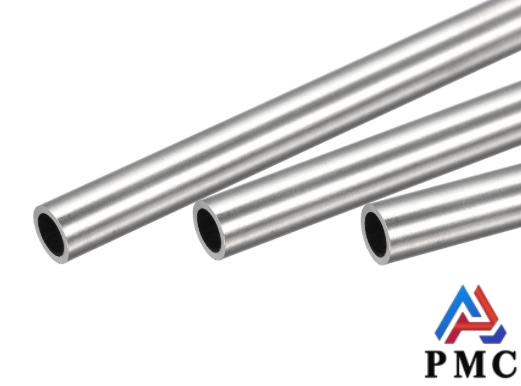
Nondestructive Testing Method for Welds of 316 Stainless Steel Pipes
316 stainless steel pipes are often used as industrial fluid pipes and heat exchange pipes due to their good corrosion resistance and high temperature resistance. In order to prevent problems such as fluid leakage during operation, very high quality requirements are placed on pipeline welds. Manufacturers will conduct non-destructive testing on stainless steel welded pipes before leaving the factory to ensure the sealing of the welds. Today I will introduce to you several non-destructive testing methods for welds of 316 stainless steel pipes and compare their advantages and disadvantages.

Non-destructive testing methods for welds of 316 stainless steel pipes
1. X-ray detection
It can penetrate materials that light cannot penetrate, and can detect whether there are pores, loose welding, cracks, slag inclusions, shrinkage holes, etc. in the weld joint; As well as factors such as the plane position and size of the detected defects, the specific penetration thickness depends on the energy of the rays. However, it is generally difficult to detect defects in pipes, some relatively small cracks in welds, etc., and it is also impossible to detect factors such as the depth of defects.
2. Ultrasonic testing
The detection is carried out based on the principle that ultrasonic waves will be reflected back when encountering a certain interface. It can detect problems in raw materials and 316 stainless steel pipes, as well as problems in welding. It can determine the location of the problem and the corresponding dimensional parameters and has extremely strong penetration, capable of penetrating a maximum thickness of more than 10 cm. However, it is impossible to detect problems in coarse-grained material welds. In addition, the location and shape of the defects will also greatly affect the final detection results.
3. Magnetic Particle Testing
The main principle is that when the stainless steel pipe is magnetized, if there are certain problems in it, the distribution of the magnetic force will change. It can mainly detect problems with surface openings in magnetic materials, or problems near the surface. However, this method is generally difficult to detect relatively complex stainless steel pipes.
4. Penetration Testing
It uses the capillary phenomenon to allow the penetrant to enter the defect, and then cleans the 316 stainless steel pipe to remove the excess penetrant. When using the developer, the fine straw phenomenon will absorb the penetrant from the defects, thereby discovering some smaller problems in time.
Conclusion
X-ray testing, ultrasonic testing, magnetic particle testing and penetration testing are all non-destructive testing methods for 316 stainless steel pipe welds. The quality inspection in this link is to detect defects in the welds and ensure that the stainless steel pipeline can operate normally and safely. The accuracy of the final test results depends entirely on the rationality and completeness of all operations during the testing process. When purchasing 316 stainless steel pipes, you should pay special attention to the merchant's quality inspection management system.
Read more: Should I Choose 304 Or 316 Stainless Steel for Bathroom?


